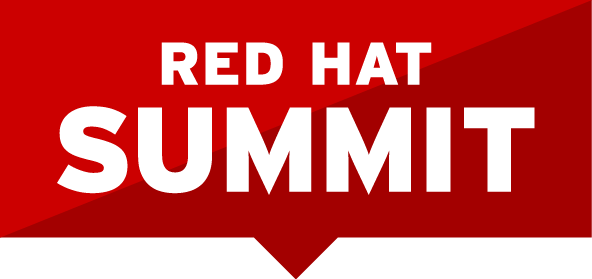Red Hat Summit で F5 と Red Hat がマルチクラウド コンテナ間でアプリをルーティングする方法をご覧ください
見出しを長くしようと努力しました。本当にそうしました。
テクノロジーの世界では、4月の雨が5月のテクノロジーカンファレンスをもたらすというのが常のようです。 韻を踏んではいませんが、それは真実です。 5月は世界中のショーへの巡礼が多く行われる月です。 F5 はどこにでも存在しますが、この投稿では私のお気に入りの 1 つを紹介します。 レッドハットサミット。

レッドハットサミット
Red Hat Summit (5 月 8 ~ 10 日)では、マルチクラウド デモのデモンストレーションなど、さまざまなイベントが開催されます。まずは概要を説明します。
- F5 は Red Hat と提携して、OpenShift Containers、Ansible Automation、Aspen Mesh / Istio Insights を使用したマルチクラウド デモを提供しています。
- F5は、Red Hat Summitのブース#321でこのソリューションのデモを行う予定です。
- これとAnsible Towerによる自動化について聞く機会:
- 5月9日水曜日午前10時30分
- エコシステムシアター(展示ホール)
- Ansible Tower によるF5 BIG-IP の自動化
- 5月10日木曜日午後3時
- モスコーニ サウス 207 号室
- Red Hat との Open Shift に関する共同セッション
- 5月9日水曜日午前10時30分
- 水曜日にパーティーを予定しています。 ブース(#321)にて個人招待状をお受け取りいただけます。
さて、これで、 F5 BIG-IP DNS 、 Aspen Mesh 、 Red Hat OpenShiftを使用して、マルチクラウド コンテナー間でアプリをルーティングする詳細を掘り下げることができます。
マルチクラウドデモ
Sock Shop マイクロサービス デモアプリを使用して、シナリオに基づいてユーザーを適切なクラウドにシームレスに誘導する方法を紹介します。 たとえば、ユーザーは単にサイトを閲覧したいだけであるとします。 ユーザーは、BIG-IP DNS 経由で Azure または AWS で実行されている Sock Shop のインスタンスに誘導され、そこでアイテム (おそらく靴下) を閲覧して購入することができます。
ただし、購入時には PCI コンプライアンス要件が発生するため、ユーザーはオンプレミスの安全なプライベート クラウドにリダイレクトされ、そこでショッピング カート、支払い、配送用のマイクロサービスを使用してトランザクションが完了します。
ユーザーがさらに商品を追加したり、買い物を続けたりしたい場合 (靴下が多すぎるということはありますか? (そうではないと思いますが) さらに多くのアイテムを表示するには、再度 AWS または Azure に誘導されます。
このマルチクラウドの使用は、アプリケーション アーキテクチャが 1 つ以上のクラウド環境にまたがることを要求する、最も厳格な定義に基づく真の「ハイブリッド」アプローチです。 秘密は、F5 のプログラマビリティ (興味のある方はiRules LX) を使用して、F5 DNS によるルーティングを高速かつシームレスにすることです。 OpenShift 環境内のコンテナの監視は、BIG-IP Controller for OpenShift によって可能になります。

ブースでは、複数のクラウドを同時に実行して東西の負荷分散と分析を実現する可能性を示す Aspen Mesh ( Istioに基づくエンタープライズ グレードのサービス メッシュ) のデモもご覧いただけます。 東西トラフィックの場合、Aspen Mesh は OpenShift コンテナ環境内での可視性、制御、分析を提供します。
このデモでは、複数のクラウドやステージングされた環境で実行されているアプリの運用上の洞察を提供する方法として、Sock Shop とIstio の Book Info アプリケーションも使用します。
ショーにはこれらすべてのテクノロジーの専門家が来場しますので、ブース (#321) に立ち寄って何でも聞いてください。
私のように直接参加できない場合は、Twitter でフォローしてください: @RedHatSummit @F5Networks @AspenMesh
